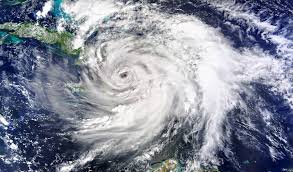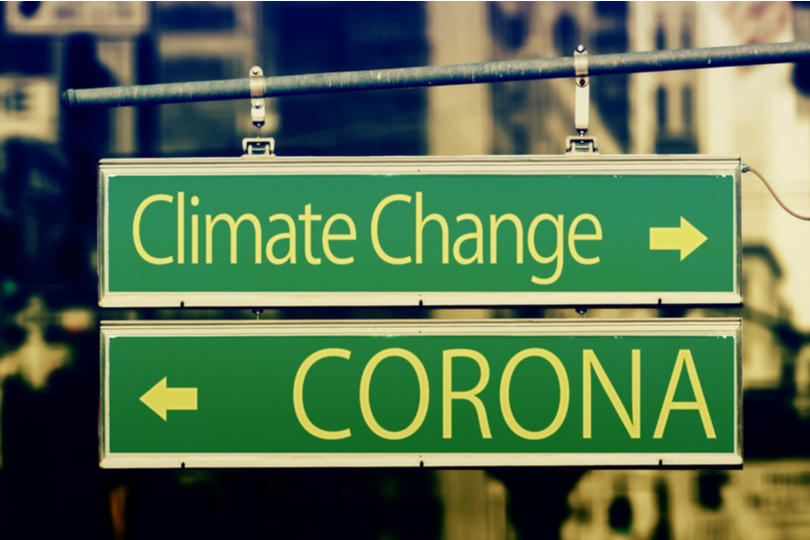The world is not only suffering because of the Covid pandemic and economic crisis, but it is also badly battered by climate disasters. The year 2020 is likely to be one of the three warmest years on record, and 2011-20 will be the warmest decade on record. 2020 has witnessed increasing cyclones in India, wildfires in the US, new extreme temperatures on the land, sea and especially in the Arctic, a record number of hurricanes in the Atlantic.
Continuing the trend, it has been an unprecedented year so far as climate is concerned. Back-to-back cyclones on the west coast of India, which is rare, floods in Maharashtra, Karnataka, Uttarakhand, Jammu & Kashmir and an erratic monsoon are all signs of climate change. Already hit by the Covid-19 pandemic, the havoc played due to vagaries of weather because of climate change has further dented the economy.
Weather experts say that in the past 150-200 years, the Bay of Bengal has given birth to four times more cyclones than the Arabian Sea. The west coast has been a no-entry zone for cyclones. But this may soon change, thanks to global warming.

“For every four cyclones in the Bay of Bengal, there is one in the Arabian Sea. We have had data for more than 150-200 years. When you look at this data and calculate, a ratio of 1 is to 4 is established,” says KS Hosalikar, Head SID, Climate Research & Services, Pune India Meteorological Department.
But this ratio may soon change, warn experts. A study by The Indian Institute of Tropical Meteorology has shown that both the frequency and intensity of cyclones in the Arabian Sea are on the rise mainly due to a rise in the ocean temperature.
“The ideal sea temperature or SST for the formation of cyclones is 28.5 degrees Celsius. At the usual 28 degrees SST, the Bay of Bengal is categorised as a warm pool region. Cyclones draw their energy from the warm pool regions.” Roxy Koll of The Indian Institute of Tropical Meteorology was quoted in the media.
“Traditionally, the Arabian Sea is a lot cooler than the Bay of Bengal. But now the Arabian Sea is also becoming a warm pool region because of the additional heat supplied by global warming,” he said.
Scientists say that earlier the formation of cyclones used to take a long time between different phases. But now, the intensity of a cyclone can change overnight.
“These cyclones are intensifying into a super cyclone or an extremely severe cyclone in less than 24 hours. So, it may be a weak cyclone when you go to sleep and a severe cyclone at your doorstep when you wake up. That gives us less time to respond,” Koll said.
In fact, climate change was a crucial factor behind Cyclone Tauktae, which became the fifth-strongest storm recorded over the Arabian Sea over a mere 48 hours, and affected weather systems in around nine states.
This is the third consecutive year a cyclone has come very close to the west coast of India. “It is very rare that a cyclonic storm with such high intensity is seen hitting the coast. This indicates the direct impact of global warming,” Mahesh Palawat, vice-president (meteorology) at Skymet Weather, was cited in the media.
Shankar Raj

